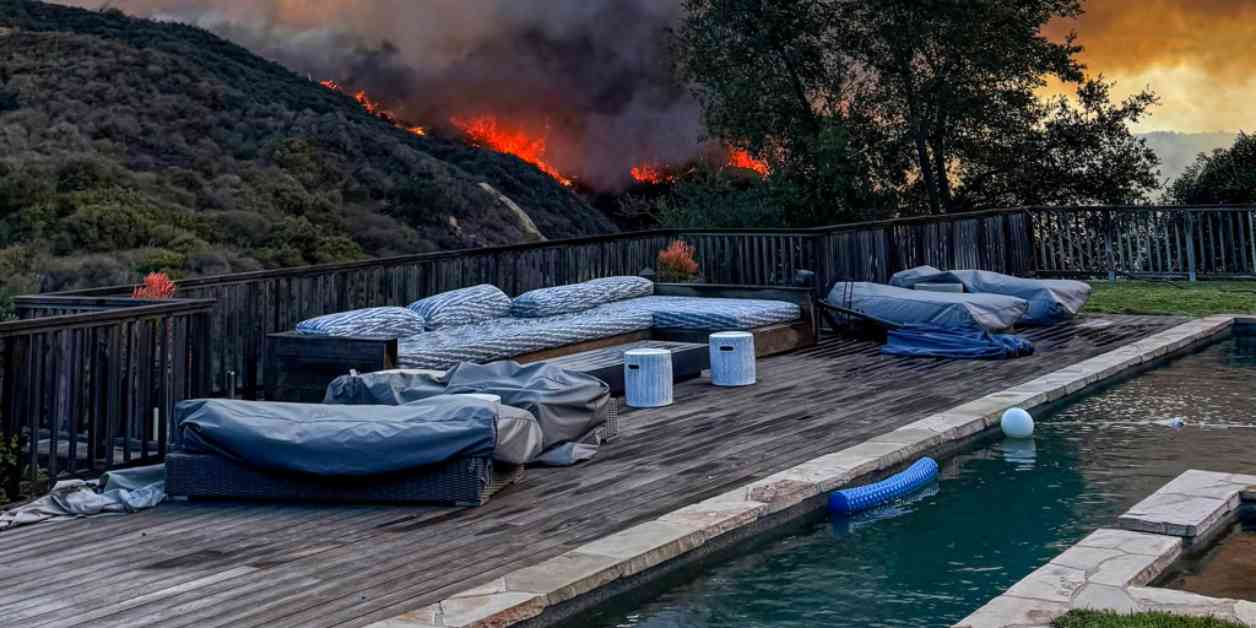Inside the Pacific Palisades Fire: A Community United in Crisis
A little after midnight on New Year’s Day, Francine Sohn was jolted awake by a phone call from a neighbor, who sounded hysterical. “There’s a fire on the hill,” the neighbor told her. Sohn, 72, looked outside and saw a small brush fire perilously close to her Pacific Palisades neighborhood in western Los Angeles. She watched firefighters douse the flames, waiting to see if she should flee. But there was no need: the wind was a brisk but manageable 15 mph, and the fire was contained before dawn with no homes damaged and no one hurt.
The Unfolding Disaster
A week later, disaster struck. Another small fire spotted in the same area turned into a monster, now known as the Palisades Fire, one of the most destructive natural disasters in Los Angeles history. It began in the backyard of Palisades Highlands, a secluded and well-to-do community overlooking the coast between Malibu and Santa Monica. Residents and hikers first saw it as a modest brush fire looming in the parched scrubland.
But whipped by winds reaching 60 mph, the flames rapidly rolled over the mountainside and roared through neighborhoods, growing to more than 20,000 acres and consuming more than 5,000 structures. The fire is now one of six wildfires burning simultaneously in Los Angeles County, forcing 180,000 people from their homes and leaving at least 11 dead.
Witness Accounts
NBC News spoke to nearly a dozen people who witnessed the Palisades Fire’s early stages on the morning of Jan. 7. They watched it grow and move faster than any they had ever seen, leaving a path of ruin they did not think possible—even in a place where wildfires are a part of life.
Personal Stories of Survival
One of those witnesses, Stephanie Libonati, 26, shared her harrowing experience of fleeing the fire. She was at home with her family when they saw flames and smoke approaching. As they evacuated, they were separated by flames, traffic, and panic, but eventually, they regrouped and continued to safety. Their story is just one of many that highlight the chaos and fear that gripped the community during the fire.
In times of crisis, the true character of a community emerges. The Pacific Palisades residents banded together, helping each other evacuate, offering shelter, and supporting one another through the devastation. The Palisades Fire may have been a destructive force, but it also showed the resilience and unity of a community faced with unimaginable challenges.
The Palisades Fire may have left a scar on the landscape, but it also left a mark on the hearts of those who lived through it. The strength and spirit of the Pacific Palisades community shone through the darkness, reminding us all of the power of unity in the face of adversity.

